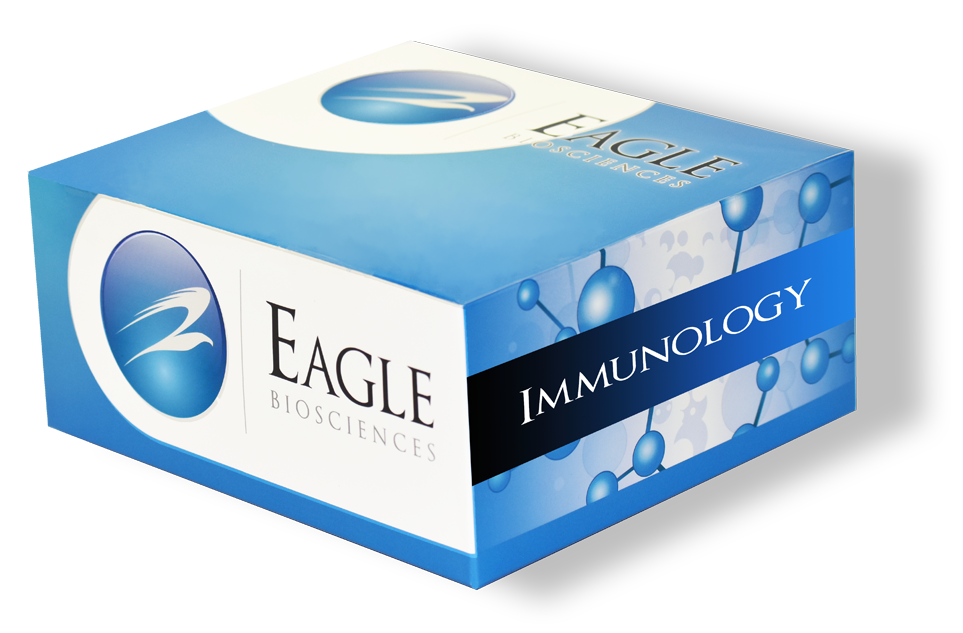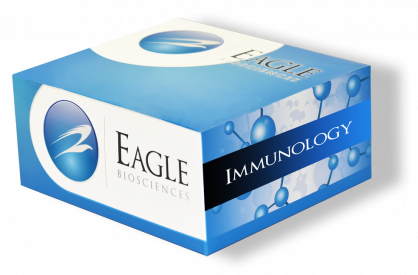Dengue Virus IgG Antibody ELISA
The Dengue Virus IgG Antibody ELISA is for Research Use Only
Size: 1×96 wells
Sensitivity: diagn. >90%
Dynamic Range: Cut-off
Incubation Time: 2 hours
Sample Type: Serum, Serum, citrate Plasma
Sample Size: 10 µl
Assay Background for Dengue Virus IgG Antibody ELISA
Dengue virus is a single-stranded RNA virus of about 50 nm in diameter belonging to the genus Flavivirus. Dengue and dengue hemorrhagic fever are caused by one of four closely related, but antigenically distinct, virus serotypes (DEN-1, DEN-2, DEN-3, and DEN-4). Infection with one of these serotypes does not provide cross protective immunity, so persons living in a dengue-endemic area can have four dengue infections during their lifetimes. The viruses are transmitted by Aedes aegypti, a domestic, day-biting mosquito that prefers to feed on humans. Infection with dengue viruses produces a spectrum of clinical illness ranging from a nonspecific viral syndrome to severe and fatal hemorrhagic disease. It is primarily a disease of the tropics; its global distribution is comparable to that of malaria, and an estimated 2.5 billion people live in areas at risk for epidemic transmission. – Globally, there are an estimated 50 to 100 million cases of dengue fever and several hundred thousand cases of dengue hemorrhagic fever.
Assay Principle
This assay employs the quantitative enzyme immunoassay technique. A specific Dengue Virus antigen Type 2 has been pre-coated onto a microtiter plate. Standards or samples are pipetted into the wells and is bound by the immobilized antigen. After washing away any unbound substances, an HRP-conjugated antibody specific for human IgG is added to each well and incubate. Following the washing of any unbound antibody-enzyme reagent, a substrate solution (TMB) is added to the wells and color develops in proportion to the amount of antigen-antibody binding in the initial step. The color development is stopped by the addition of acid and the intensity of the color is measured at a wavelength of 450nm ±2nm.
Related Products
Dengue Virus IgM Assay Kit
Zika Virus IgM ELISA Kit
Zika Virus IgG ELISA


